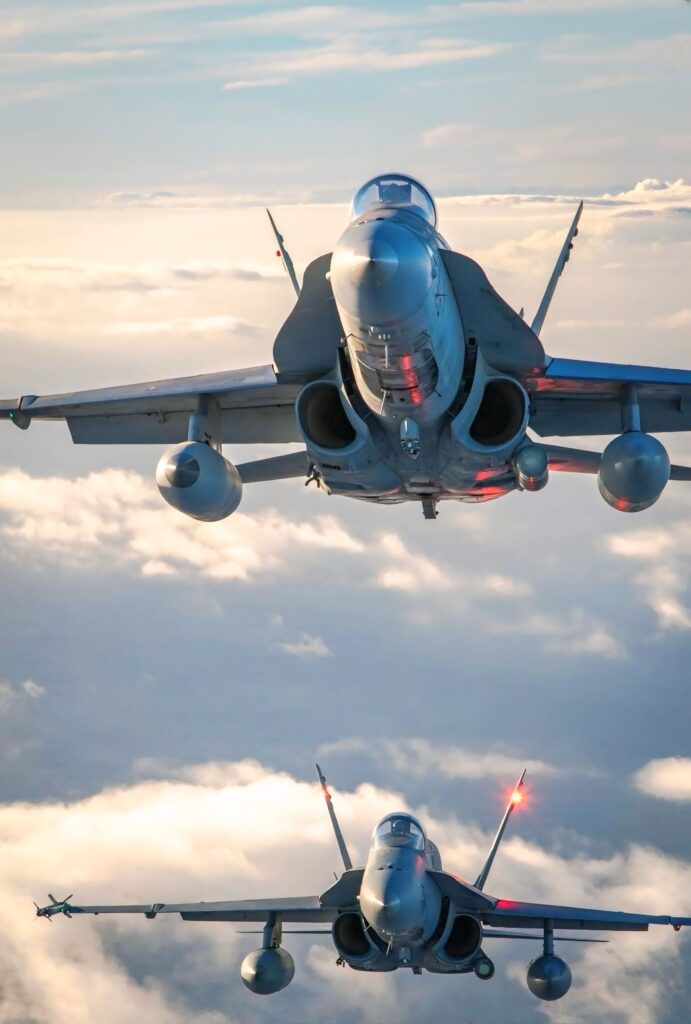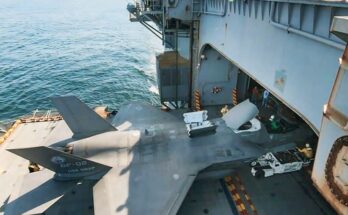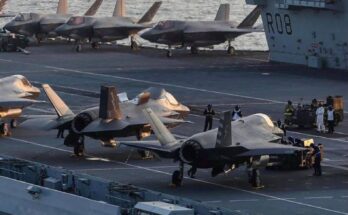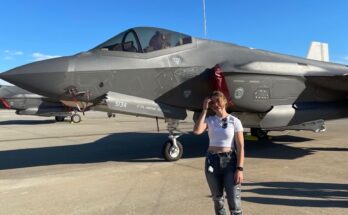
The F/A-18 Super Hornet is one of the most versatile and dependable fighter aircraft in modern military aviation. Developed by Boeing as an advanced variant of the original F/A-18 Hornet, the Super Hornet was introduced into service with the U.S. Navy in the late 1990s. It was designed to replace older aircraft such as the F-14 Tomcat, while also serving as the backbone of carrier-based air wings. Today, it remains a crucial element of American naval air power, proving itself across a wide range of missions.
At its core, the F/A-18 Super Hornet is a multirole fighter. The “F/A” designation reflects this dual purpose: it can serve as a fighter (F) and an attack aircraft (A). The jet is capable of conducting air superiority missions, close air support, reconnaissance, and precision strikes against ground targets. Its ability to switch roles quickly makes it especially valuable on aircraft carriers, where space is limited and versatility is essential.
The Super Hornet is larger and more advanced than the original Hornet. It features a 25% bigger airframe, allowing for greater fuel capacity and longer range. Its two General Electric F414-GE-400 engines provide increased thrust and improved performance, while modern avionics and radar systems give pilots superior situational awareness. The aircraft is also equipped with advanced electronic warfare systems that help protect it against enemy threats, including radar-guided missiles.
Armament is another strength of the F/A-18 Super Hornet. It can carry a wide range of weapons, from air-to-air missiles like the AIM-9 Sidewinder and AIM-120 AMRAAM, to precision-guided bombs and air-to-ground missiles. A built-in M61A2 20mm cannon adds to its close-range combat capability. With eleven weapons stations, the jet can be configured for many different mission profiles, whether engaging enemy fighters, supporting troops on the ground, or striking high-value targets deep in hostile territory.
The aircraft’s role has continued to evolve as new technology and threats emerge. Boeing has developed updated versions, such as the Block III Super Hornet, which features improved stealth characteristics, enhanced communication systems, and longer service life. These upgrades are meant to ensure the Super Hornet remains relevant well into the 2030s, even as fifth-generation fighters like the F-35 join the fleet.
One of the defining features of the Super Hornet is its ability to integrate seamlessly into carrier operations. The aircraft is designed to handle the stresses of catapult launches and arrested landings, while folding wings allow for more efficient storage on crowded flight decks. Its reliability and ease of maintenance also make it a practical choice for long deployments at sea.
Beyond the U.S. Navy, the Super Hornet has attracted international interest as well. Australia operates the aircraft as part of its Royal Australian Air Force, using it in both fighter and strike roles. Its proven combat record and reputation for adaptability continue to make it a sought-after platform among allied nations.
In summary, the F/A-18 Super Hornet stands out as a modern, versatile, and highly capable fighter jet. Balancing advanced technology with durability and flexibility, it has become an indispensable part of U.S. and allied air operations. As military aviation evolves, the Super Hornet is set to remain a powerful presence in the skies for years to come.


